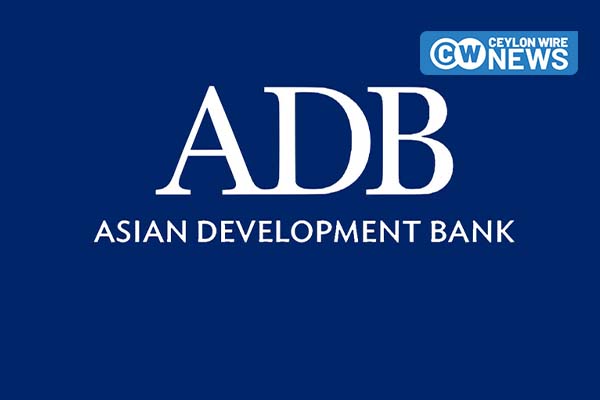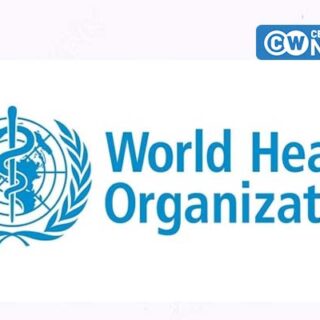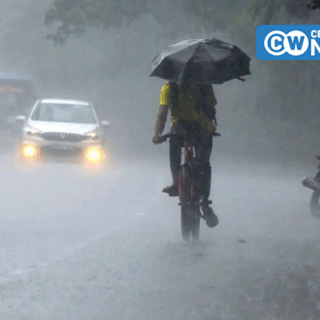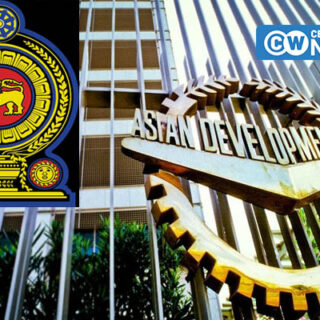The Asian Development Bank (ADB), in its April 2025 Outlook report, has highlighted the significant policy challenges Sri Lanka continues to face in reducing its medium-term debt vulnerability, despite recent signs of economic progress.
While the country’s debt-to-GDP ratio, which soared to 126% in 2022, has begun to decline—thanks to rupee appreciation, fiscal discipline, and ongoing debt restructuring—the ADB warns that the road to debt sustainability remains long and uncertain.
The surge in debt was driven by extensive borrowing to finance large fiscal deficits, deep tax cuts, currency depreciation, and increased liabilities from state-owned enterprises. However, with fiscal reforms and a stronger rupee, the ratio has gradually started to fall.
According to the ADB, Sri Lanka’s debt is expected to continue declining as a share of GDP, aided by economic recovery, reduced gross financing needs, and lower interest rates under the current debt restructuring framework.
Yet, the International Monetary Fund’s (IMF) Sovereign Risk and Debt Sustainability Analysis (SRDSA) projects that public debt will only fall below the 95% threshold by 2032—conditional on the full implementation of the IMF programme by 2027 and complete debt restructuring.
The ADB cautions that high debt sustainability risks will continue to weigh on growth and investment for years to come. Although recent debt restructuring has temporarily eased fiscal pressures and improved cash flow, this relief is expected to diminish starting in 2028. Between 2028 and 2038, debt servicing is set to increase sharply, as repayments on restructured international sovereign bonds come due—potentially crowding out critical investments in infrastructure and human capital.
To avoid further distress, Sri Lanka must intensify efforts to strengthen its external and fiscal buffers. The ADB emphasizes that while deep fiscal reforms are essential, they alone will not suffice to mitigate debt risks. Securing new external financing on concessional terms and rebuilding gross international reserves through current account surpluses and non-debt-creating inflows are crucial.
Structural reforms will also play a vital role in ensuring sustainable growth. The government has initiated steps to advance trade liberalization, including the development of a National Export Development Plan (2025–2029), the introduction of a national tariff policy aimed at a simplified and transparent framework, and the expansion of free trade agreements.
These efforts, if fully realized, could help Sri Lanka stay on a growth-friendly trajectory while reducing its reliance on debt-driven development.











